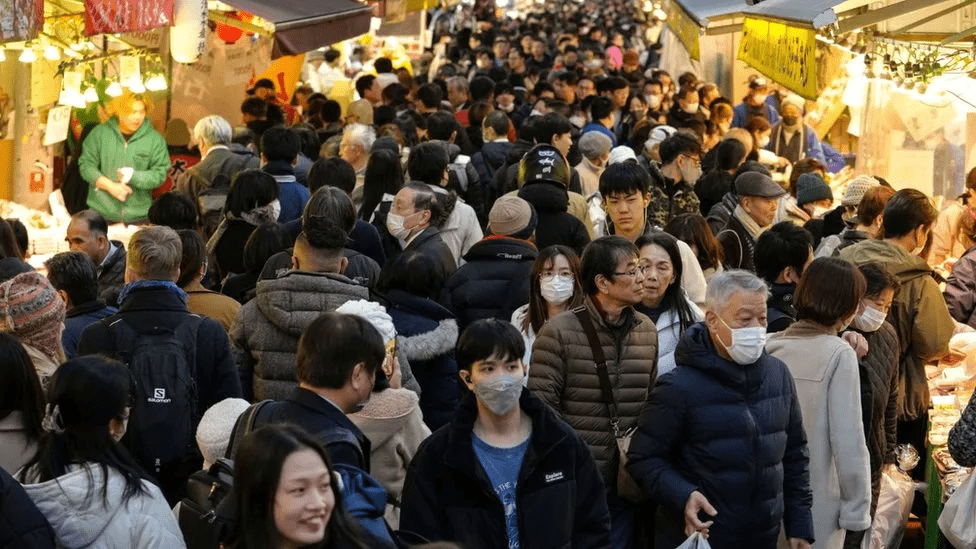Japan is facing a significant crisis with a record-high number of vacant homes, reaching nine million, equivalent to the entire population of New York City. These abandoned houses, known as “akiya,” are scattered across rural areas as well as major cities like Tokyo and Kyoto, presenting economic and safety challenges for the country amid its ongoing population decline.
According to experts, Japan’s plummeting birth rate and aging population have contributed to the surplus of vacant homes. With fewer heirs to inherit these properties and younger generations migrating to urban areas, many homes are left abandoned or in administrative limbo. This phenomenon not only hampers efforts to revitalize rural communities but also poses safety hazards during disasters such as earthquakes and tsunamis.
Efforts to address the vacant home crisis are complicated by Japan’s tax policies, which incentivize homeowners to retain their properties rather than demolish them for redevelopment. Additionally, the lack of infrastructure and amenities in rural areas makes it challenging to attract buyers or renters for these abandoned homes.
While social media has popularized stories of foreigners purchasing cheap Japanese houses for renovation projects, experts caution that the reality is more complex. Language barriers, administrative hurdles, and the remote locations of many vacant homes make them less accessible to potential buyers, especially those unfamiliar with Japanese regulations.
The vacant home crisis underscores broader demographic challenges facing Japan, including a declining birth rate and an aging population. With the country’s birth rate hovering well below replacement levels, the problem of surplus homes is expected to persist, exacerbating economic and social issues in both rural and urban areas.
Experts stress the need for comprehensive solutions to address Japan’s vacant home crisis, including policies to incentivize redevelopment, improve infrastructure in rural areas, and promote sustainable urbanization. Without decisive action, the surplus of abandoned homes could continue to hinder Japan’s economic growth and resilience in the face of demographic challenges.
